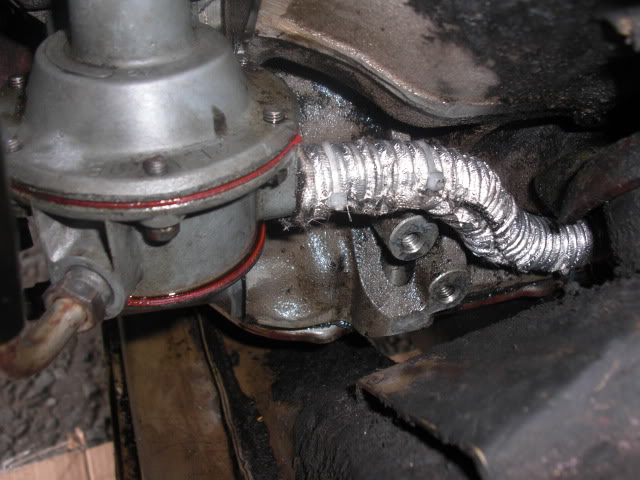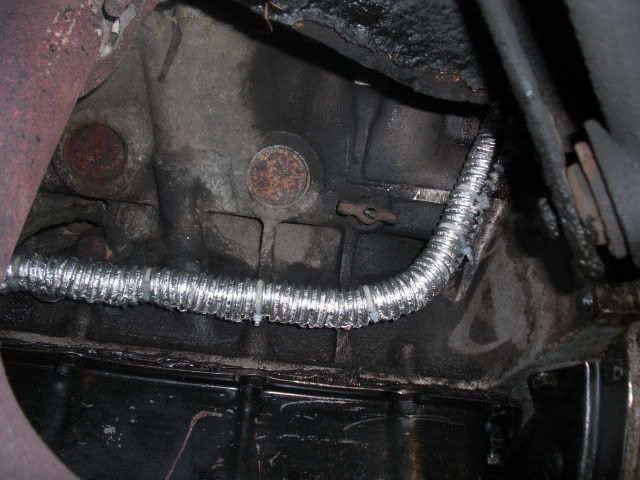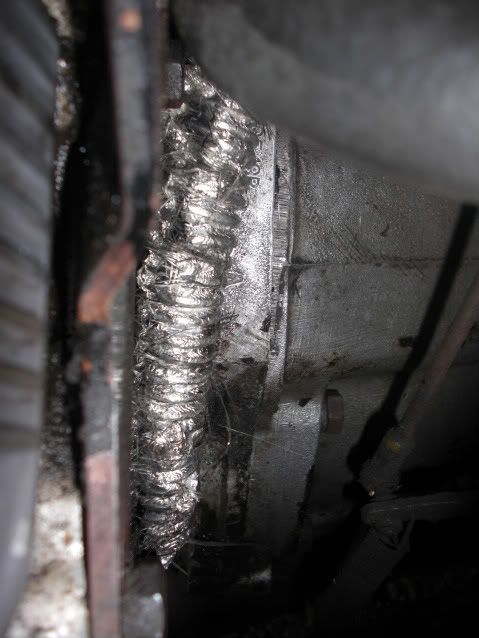harveyp6 wrote,...
Physics...with lower pressure as is the situation before the pump, the boiling point of the fuel will be lower than it would be after the pump where the pressure is greater. When a liquid boils, the change of state is seen to be occuring at the surface, liquid bubbling rapidly with liquid vapour rising forth, but right through the liquid the process is occuring, bubbles are forming and rising to the surface, the change of state is taking place throughout the volume of liquid.
http://www.tutorvista.com/content/chemi ... erties.php
Ron.
even if it is vapourisation why must it be vapourising before it gets to the pump, rather than as it rises up to the filter?
Physics...with lower pressure as is the situation before the pump, the boiling point of the fuel will be lower than it would be after the pump where the pressure is greater. When a liquid boils, the change of state is seen to be occuring at the surface, liquid bubbling rapidly with liquid vapour rising forth, but right through the liquid the process is occuring, bubbles are forming and rising to the surface, the change of state is taking place throughout the volume of liquid.
http://www.tutorvista.com/content/chemi ... erties.php
Ron.




